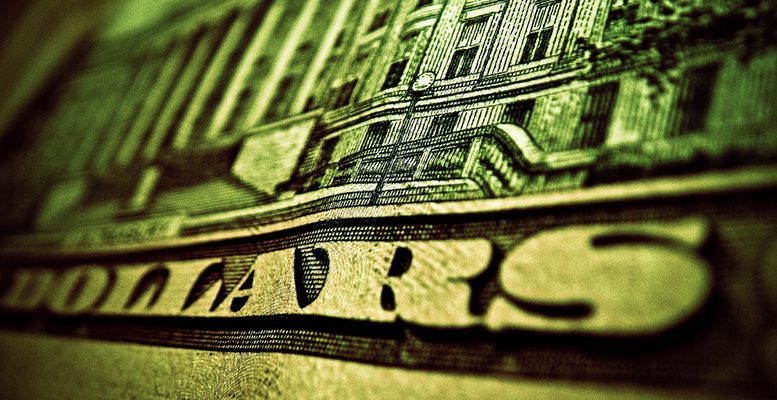BoAML | We believe that nominal US rates are biased lower heading into a period of policy uncertainty including the US Presidential contest, European elections, and continued negotiations over Article 50. We continue to think that there may be a re-pricing of uncertainty premium over the next month which could be supportive of near-term lower interest rates and have recommended a payer calendar spread option that will benefit from a rate rally in the short term. After the US election we expect that rates will modestly increase and that the Fed should be able to slowly raise rates again. We continue to expect the 5-year point to underperform on the curve, given the low levels of intermediate forwards and market positioning. We also believe that the 5-year point will be vulnerable to any upside surprise in US fiscal stimulus next year, which could cause (1) the Fed to tighten policy faster than the market expects (2) Treasury to increase deficit financing in this part of the curve. We have also recommended a conditional bear flattener due to the limited impact that additional dovish monetary policy actions will have on the rates curve at current levels.
Forecasts: 2016 year-end forecast for 10 year at 1.5%
We expect that US rates will end the year slightly lower than they are today due to election uncertainty, a focus on the debt limit in a US political gridlock scenario, and the potential for a decrease in risk sentiment. Next year we expect a gradual US recovery and slow Fed hiking cycle to lead to higher interest rates. We expect the 10-year will reach 2% in Q2 17 and 2.1% in Q3 17. At the front-end, we expect that LIBOR will gradually move higher with increasing Fed expectations though LIBOR-OIS spreads will slowly narrow in the aftermath of money market mutual fund reform.
Risks: fiscal action and monetary policy framework changes
Larger-than-expected global stimulus programs and an election surprise that results in a clean sweep of Congress and the White House would pose risks to our view that near term fiscal spending will be subdued. In addition, any shift in monetary policy frameworks that credibly allow for higher inflation rates could cause longer-dated rates to rise. A large backup in global interest rates spurred by reduced central bank longer- dated asset purchases could also raise risks for our subdued US rates expectations.
*Image: Flickr





